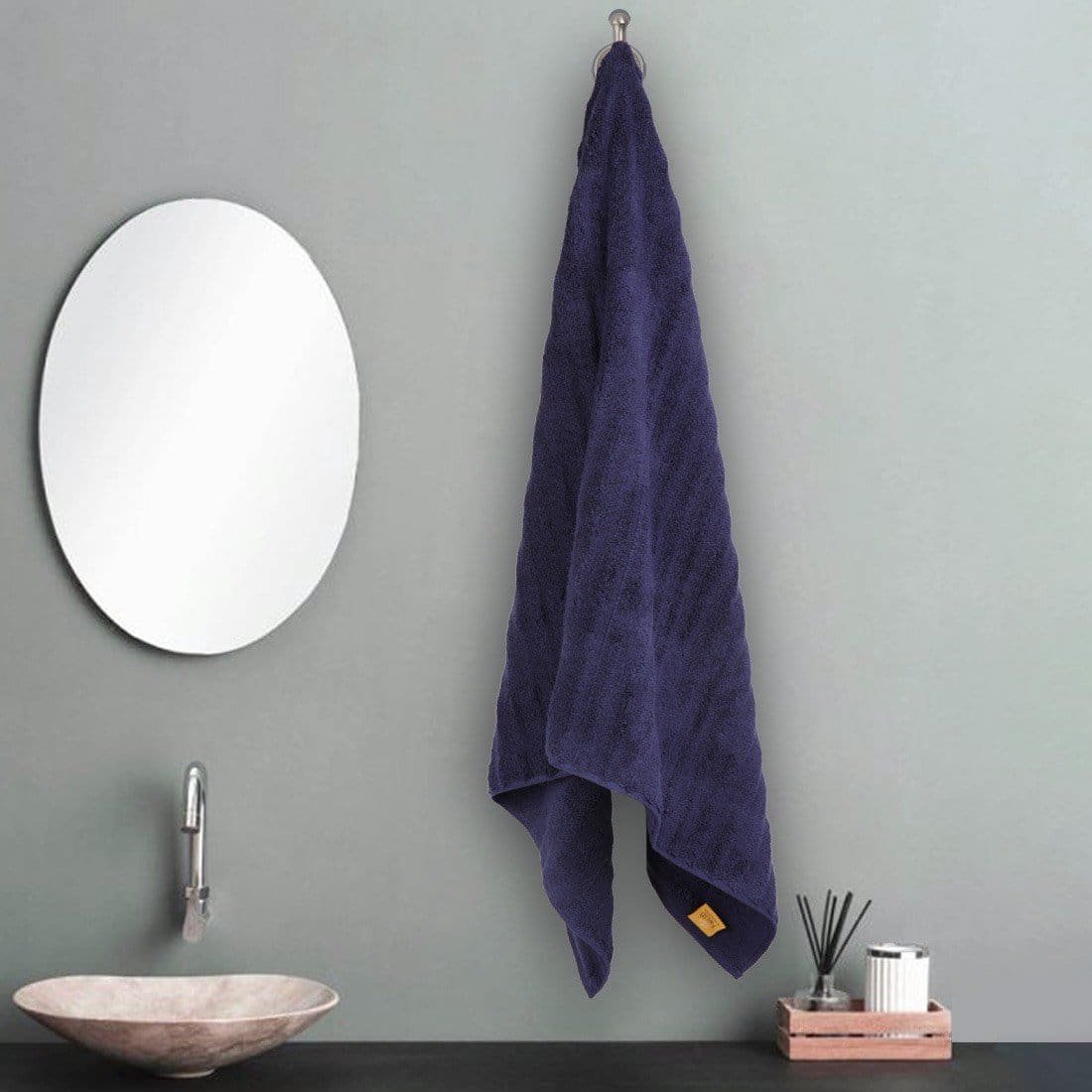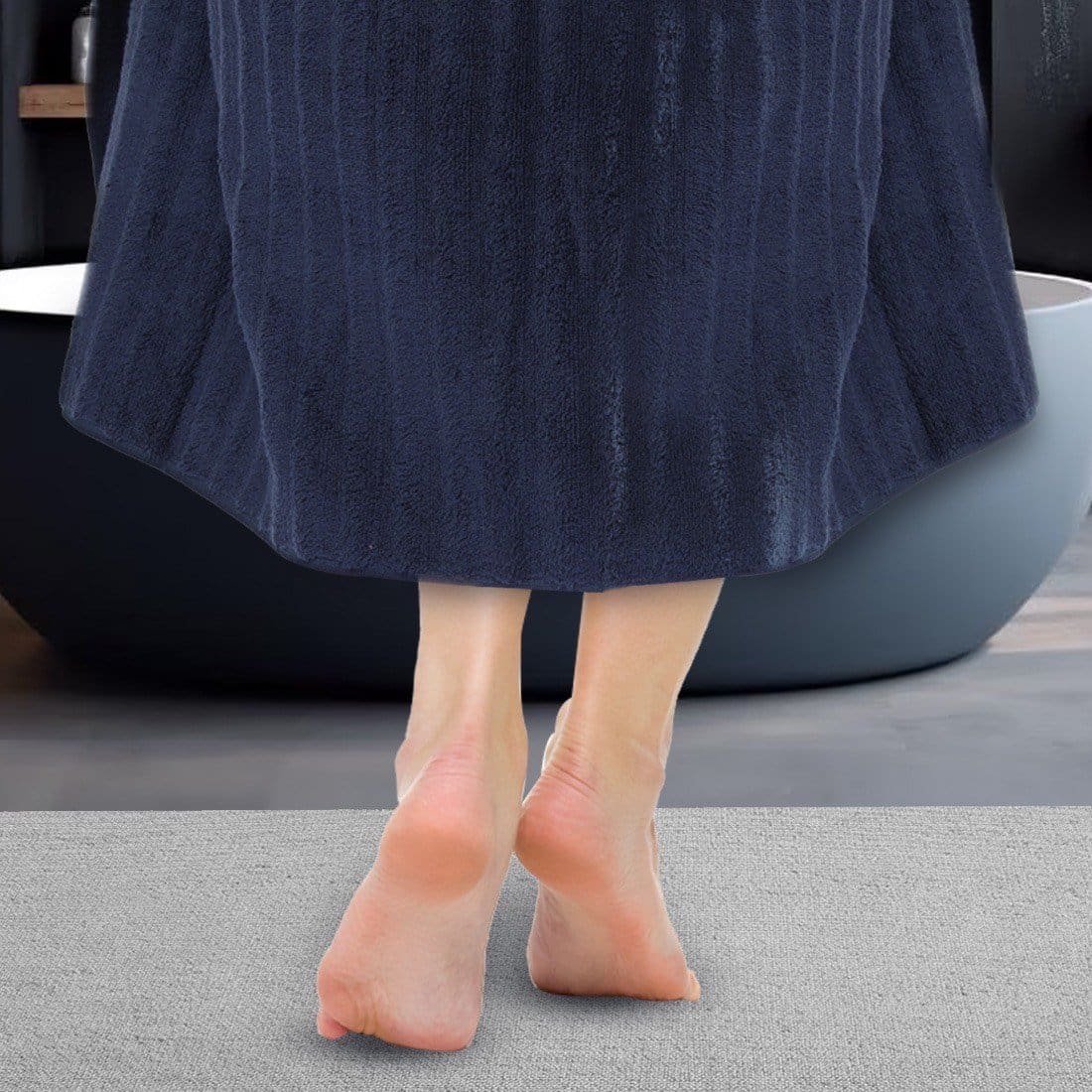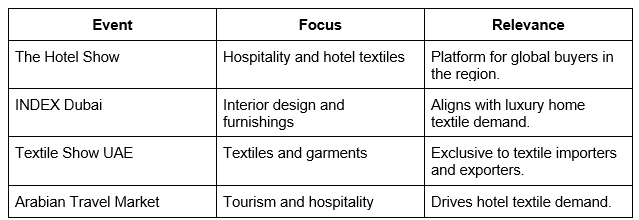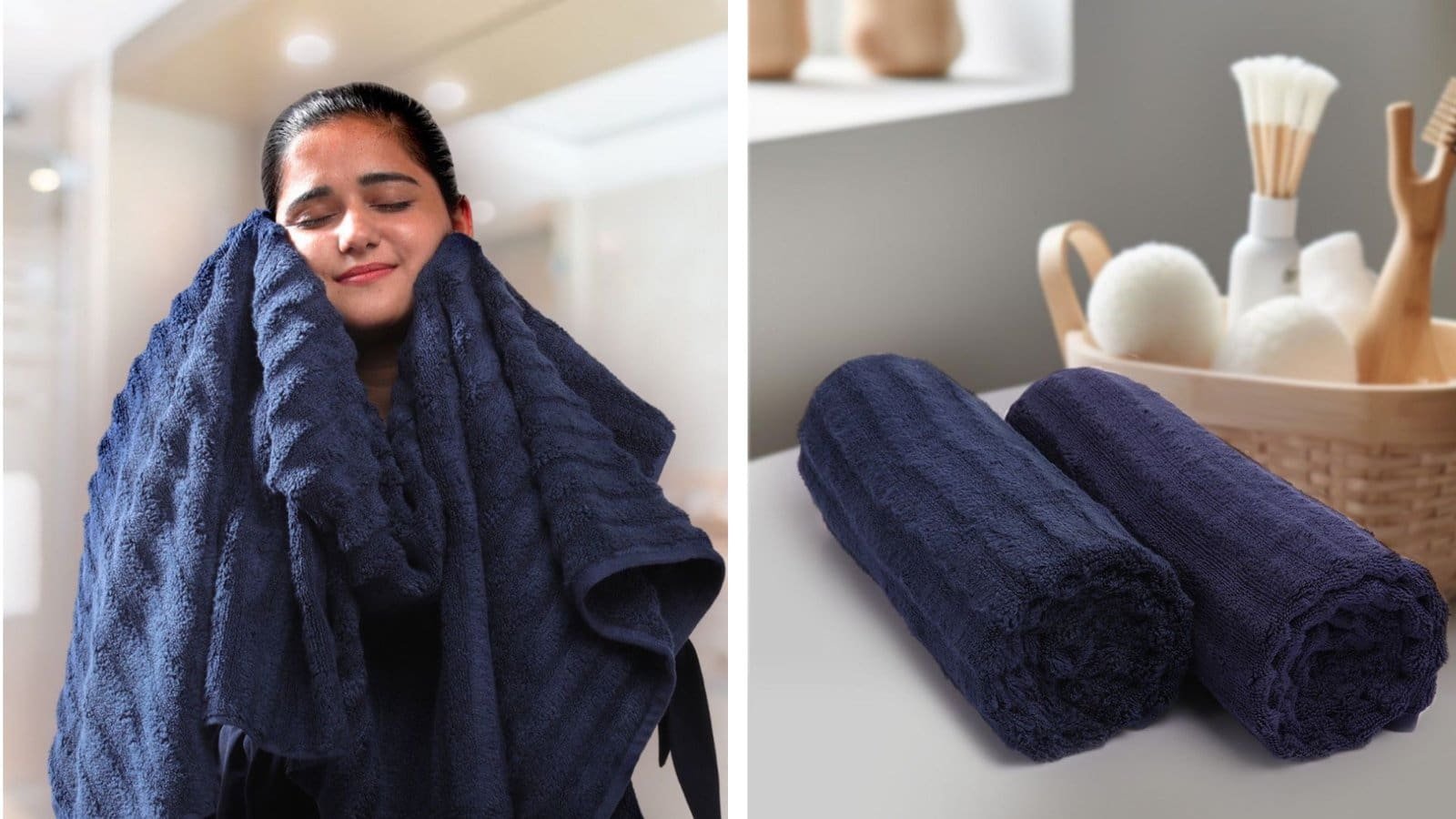The UAE, renowned as a global trade hub, is fast emerging as a prime market for Indian home textile products which consist of Towels, bed sheets, carpets, Rugs, curtains etc.
This trend has been significantly bolstered by the Comprehensive Economic Partnership Agreement (CEPA) between India and the UAE, which has not only transformed bilateral trade dynamics but also opened up unprecedented opportunities for Indian exporters.

The UAE Market: A Gateway to Global Trade
With its strategic location and world-class logistics, the UAE serves as a vital re-export hub for textiles. Importers in the UAE are increasingly drawn to Indian home textiles, citing superior quality, competitive pricing, and CEPA-induced tariff reductions as key factors. According to a prominent UAE importer, “The demand for Indian textiles has surged post-CEPA, offering both cost efficiency and variety.”
CEPA: A Catalyst for Growth
Implemented in May 2022, CEPA has zeroed tariffs on key textile products, simplifying trade processes and enhancing the appeal of Indian goods.
Key Impacts of CEPA on Indian Home Textiles:
- Shift in Supplier Preferences: Traditional Chinese dominance in the UAE textile market is getting tougher competition as Indian products gain traction.
- Re-export Opportunities: The UAE’s logistical advantages enable Indian suppliers to reach markets in Europe, Africa, and Asia more effectively.
- Increased Inquiries: Indian textile inquiries have surged by over 30% since CEPA’s implementation.
Data Snapshot: Market and Export Trends


Hospitality Sector: A Key Driver
The UAE’s hospitality industry, home to over 1,200 hotels and a growing portfolio of luxury properties, is fueling demand for premium home textiles. Events like Expo 2020 and COP28 have further accelerated this growth.
Projected Demand: CAGR of 7%-8% in hotel textiles over the next five years.
Focus Areas: Linens, towels, upholstery, and sustainable textiles.

Industry Insights
According to Anuraag Sengar, General Manager of Affinity General Trading LLC, “We are primarily in the hospitality sector, and buyers are demanding more products from India.
Demand has increased exponentially after CEPA.” He also highlights the importance of maintaining quality and timely delivery to sustain this growth.
Key Trade Events in the Middle East

Recommendations for Indian Exporters
- Enhance Quality Standards: Deliver high-quality, eco-friendly textiles.
- Timely Deliveries: Leverage logistics to meet tight timelines.
- Participate in Trade Fairs: Utilise platforms like INDEX Dubai to showcase capabilities.
- Government Support: Advocate for incentives for SMEs and better infrastructure to reduce delays.
The Road Ahead
Anuraag Sengar concludes, “This is a pivotal moment for Indian home textiles. The 5% duty advantage under CEPA is a game-changer, but it’s critical that Indian suppliers capitalise on this by maintaining quality and reliability.”
With sustained efforts, the Indian textile sector is poised to not only strengthen its foothold in the UAE but also establish itself as a global leader in home textiles.

